Fragile cooperations: Production crises in cinema
Lecture series and publication
Project managers: Prof. Dr. Angela Keppler, Prof. Dr. Christoph Menke and Prof. Dr. Martin Seel
Project description
The project takes the diagnosis of a “fragility of normative orders”, which guides the Normative Order Research Network, as an opportunity to examine the crisis nature of such orders in the microcosm of the actors involved in the production of films. This will be done using the example of cinema films that deal with the failure and/or success of such productions in fictional or documentary forms. In the background is the topos of a “Theatrum Mundi”, which in literature (e.g. Goethe, Wilhelm Meisters Lehrjahre), in drama (e.g. Pirandello, Sechs Personen suchen einen Autor) and also in cinema (e.g. Marx Brothers in der Operor Lubitsch, Sein oder Nichtsein) is raised using the example of a theater troupe as a model of a world in miniature, in which the conflicting forces of the larger world outside the artistic stage are reflected. The creation of a theatrical production is visualized as a cooperative project in which a given normative order with an uncertain outcome must be transformed in order to be updated or overcome. The central idea of the project is to examine this topos in the paradigm of films that take the cooperative production of films – often in the case of their failure – as their subject. What this reveals about the constitutive crisis nature of normative orders in the polarity of integration and disintegration will be explored in a series of lectures at the Museum MMK für Moderne Kunst in Frankfurt/M. during the 2019 summer semester.
The lecture series will be linked to a seminar on the “Aesthetics of Cinema” jointly organized by Christoph Menke and Martin Seel at the Institute of Philosophy at Goethe University in the summer semester of 2019. The series will give external guests the opportunity to reflect on the fragility of normative orders from a philosophical, aesthetic and sociological perspective using the example of a film shown to the audience. This is a format that has been both tried and tested and successful in recent years, allowing current social trends to be discussed in a public setting using artistic examples(Law and Violence in Cinema, 2014; Crime and Punishment in Cinema 2015; Upside-down worlds. Disorders of the film , 2016).
A publication of the lectures with an introduction by the organizers is planned.

